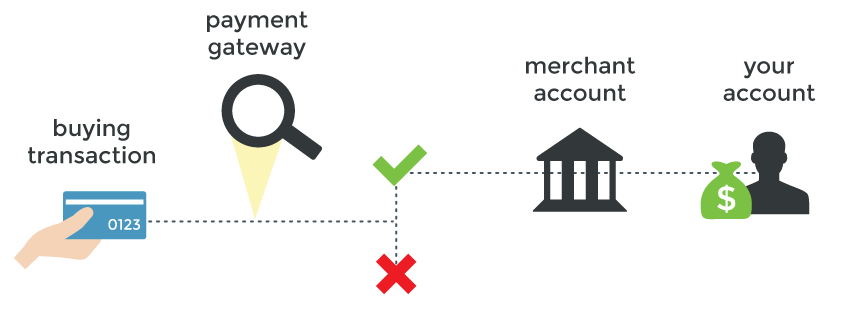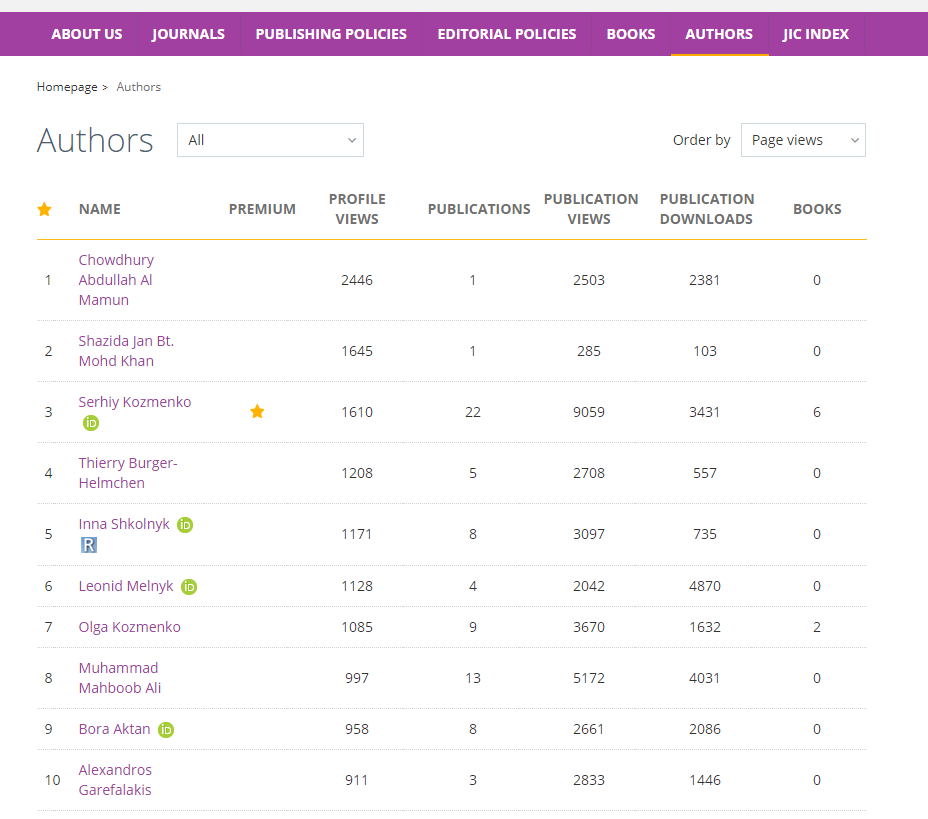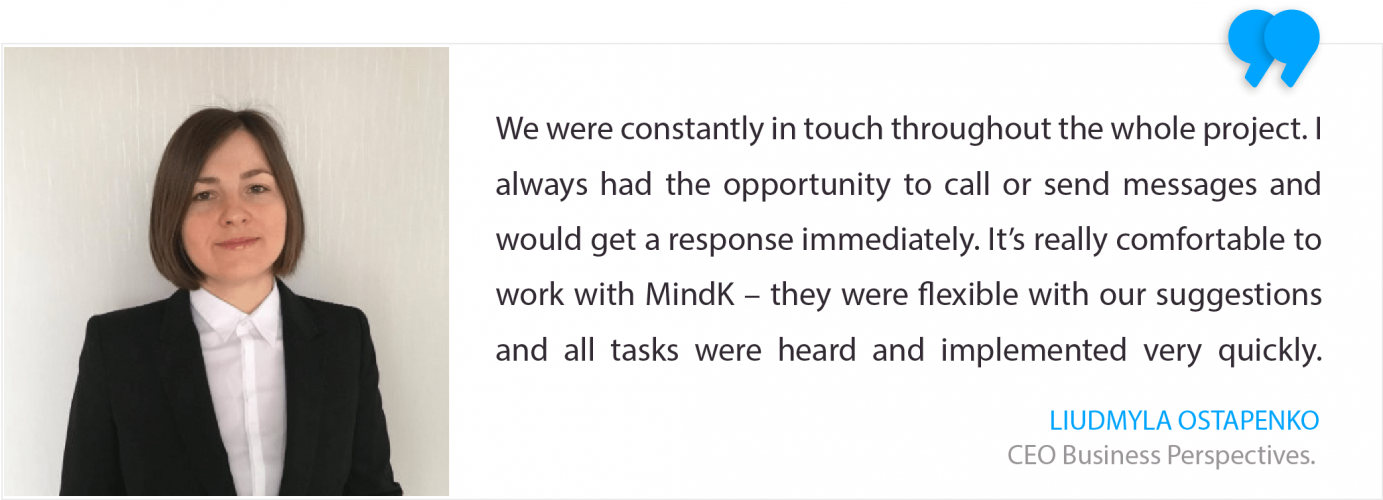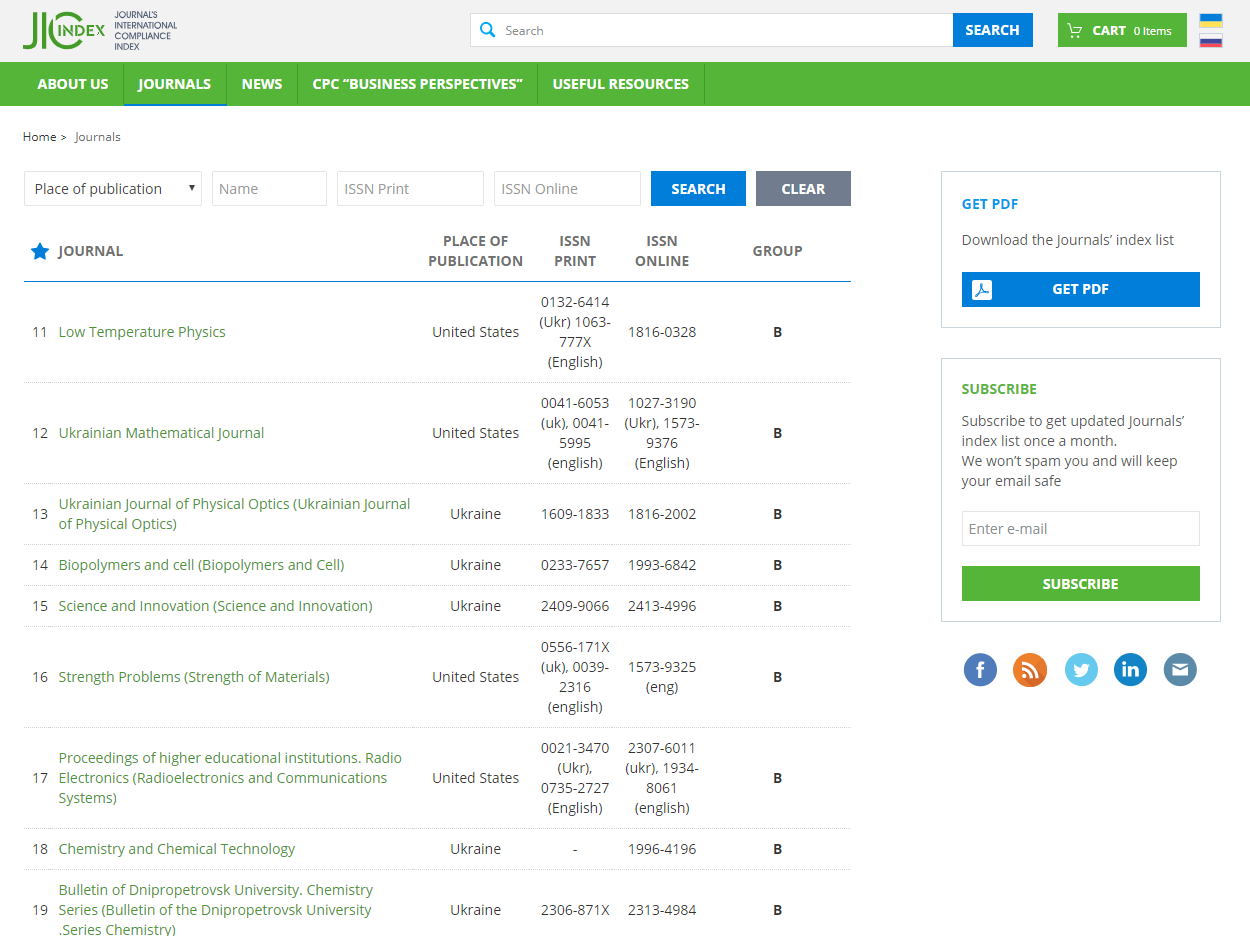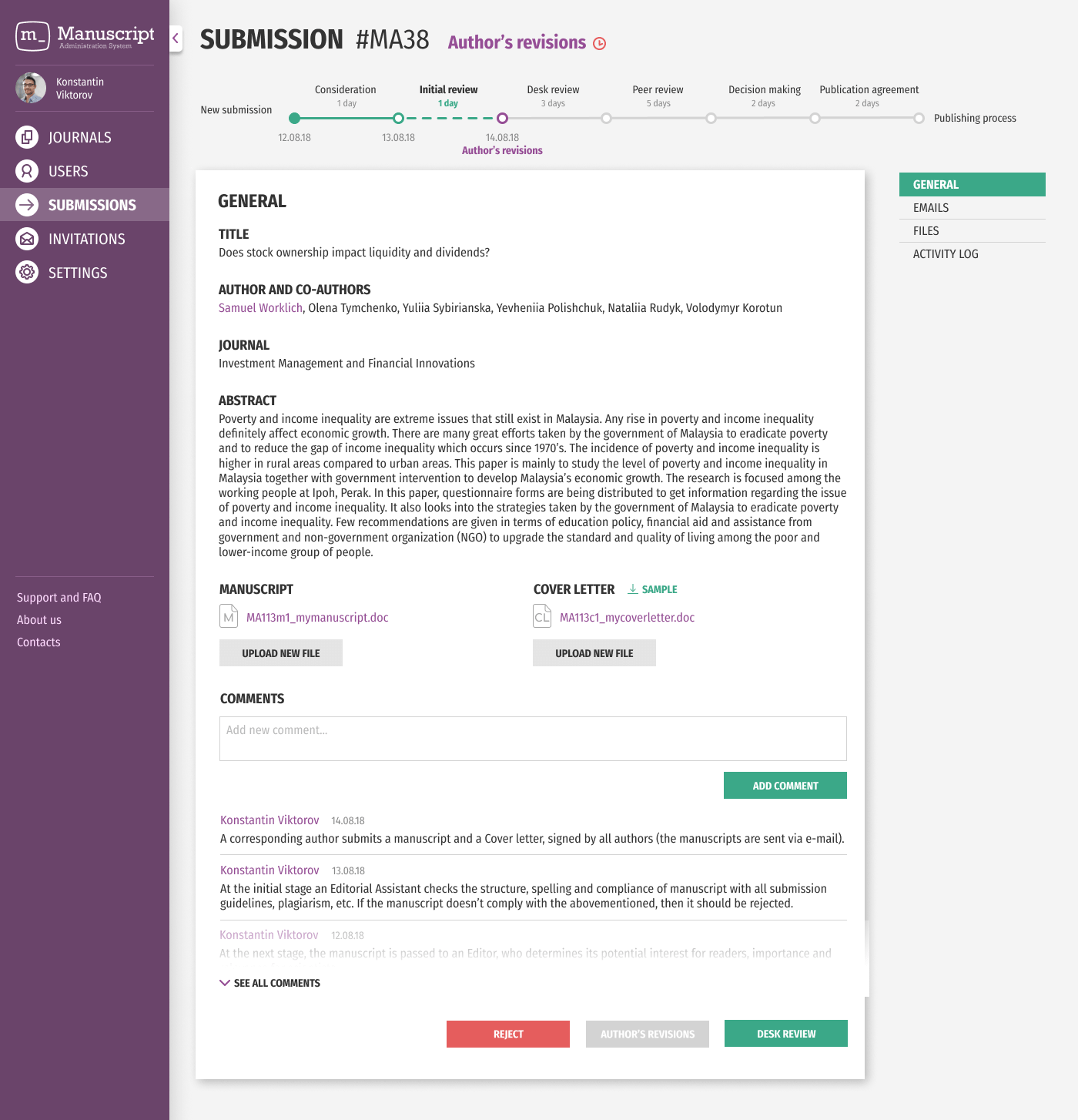When you think about a successful e-commerce business, academic publishing is hardly the first thing that comes to mind. Yet even such a niche business can benefit from digital transformation. This is the story of a company that went from traditional publishing to a modern e-commerce business.
The challenge: Taking an old-school business to the 21st century
Business Perspectives is a publishing house specializing in academic writing. Since 2003, it helped both young and accomplished scientists to publish their works. The company started with printed journals in business, management, and environmental sciences.
With global digitalization, traditional publishing models were dying a slow and painful death: printed journals can neither attract top scientists from abroad nor reach beyond a local audience.
To survive, the company aimed for a strong online presence. Their first attempt was a simple website with a catalogue of journals and articles in PDF format.
Not a fully-fledged digital solution, but a good start. The website brought traffic and the number of publications increased. Still it had a complicated structure and no monetisation features.
The solution: Building an e-commerce powerhouse
Together with MindK, Business Perspectives decided to allow users to read and download individual articles and subscribe to journals, utilizing online payment capabilities.
The platform had to be tailored to the needs of the scientific community and have a content structure similar to their previous website.
An Agile approach allowed us to start development and gather requirements on the go, saving money for the client. The team included one front-end developer, two back-end developers, a QA engineer, and a project manager.
We rolled our sleeves up and got to work.
#1 Creating an easy-to-manage website with a catalog of journals and manuscripts
If a business needs a content management system ASAP, but doesn’t have extra money to invest in from-scratch solution, you chose WordPress or Joomla. A solid open-source system for building websites that has thousands of plugins and ready-made solutions for the most common needs on the Web will serve this purpose best.
We’ve chosen the second option, – the Joomla CMS. It’s fast to implement, offers a readymade backend, and allows the client to add content without any development skills.
# 2 Adding e-commerce capabilities
The Zoocart extension made it possible to implement a seamless checkout. Users can add multiple items to the cart, enter shipping and credit card information, and complete the whole buying process in a couple of clicks.
For extra security and convenience, we integrated the PayPal payment gateway. Like a point of sale terminal in a physical store, it collects and verifies credit card details. If there’s enough money on the user account, the gateway completes the transaction and transfers money.
Source: formstack.com
What’s more, a payment gateway can help e-commerce apps become compliant with security standards like PCI DSS (Payment Card Industry Data Security Standard).
Unlike major banks, PayPal doesn’t run thorough background checks when approving accounts. This means you’re more likely to get an approval and the whole process takes less than 3-5 days.
More on this topic: How to choose a payment processing service that makes your app valuable.
#3 Implementing gamification elements [and meeting transformation challenges]
Like all technologies that allow developers to build apps from readymade components, Joomla often lacks the flexibility to implement custom functionality.
A challenge came from the fact that the client wanted to engage authors with gamification elements. This meant creating a dynamic leaderboard to display the number of publications, views, and downloads for each author.
Unfortunately, Joomla doesn’t have an in-built declarative JavaScript library needed for dynamic visualization of data. That’s why we implemented the leaderboards using the Angular framework.
A dynamic leaderboard on BusinessPerspectives.org which serves to engage authors
Another customization we applied was relation management within a complex content structure of the original website. An individual article could have one or several authors and belong to a specific issue of a specific volume of a specific journal.
As Zoo didn’t support complex item hierarchy, we implemented these relations from scratch.
To promote the website and improve its usability, we added a number of integrations:
- Google Analytics – tracking user activity and SEO optimization.
- Crossref – a service for cross-publisher citation. Each article gets a unique identifier called DOI (digital object identifier) that can be used for citation and easy search.
- Social media – embedded Twitter timeline and follow us buttons for LinkedIn and Twitter.
- GDPR compliance – granular consents, two-factor authentication, cookies, etc.
How GDPR compliance is implemented on the portal
We had daily communications with the client and demoed the product at the end of each iteration. With trust and transparency from both sides it’s super easy to overcome any challenges on the project’s way to success.
The result
Business Perspectives publishes 16 journals with 5+ thousand contributors from 80 countries. The whole experience is now a 100% digital.
Users can search for articles by category and pay to download a specific article/journal or even rent it for a fraction of the cost.
The platform is SEO-optimized with integrated social media sharing and email alerts for subscribers.
With 58K+ visitors a month, more than 450 thousand articles have been downloaded from the website.
To fully reap the benefits of digitalisation, Business Perspectives scaled up with two more great projects.
JIC index is a service that checks publishing standards for scientific journals. It rates journals according to 90+ criteria like scientific rigor, review policies, level of self-citation, etc. By using it, you can order a detailed analysis of your journal and learn the areas of improvement.
JIC Index website
Manuscript – a custom web platform for managing the manuscript review process. After submitting an article, it goes through several stages including initial review, desk review, and peer review. At any stage, an article can be rejected or returned to the author for revisions.
Previously, this required a great number of manual actions and tons of emails from authors, reviewers, and publishers.
We developed a solution that streamlined the review process and displays progress on individual articles. The system assigns a reviewer to each article and notifies authors about changes in status.
This eliminated email ping-pong and made workflows faster, smoother, and more interactive.
The Manuscript system from the inside
Together with Business Perspectives, we constantly improve old and introduce new features.
Business Perspectives continues to support gifted scientists from all over the world by publishing their articles for free and strives to improve the quality of academic journals with JIC index.


